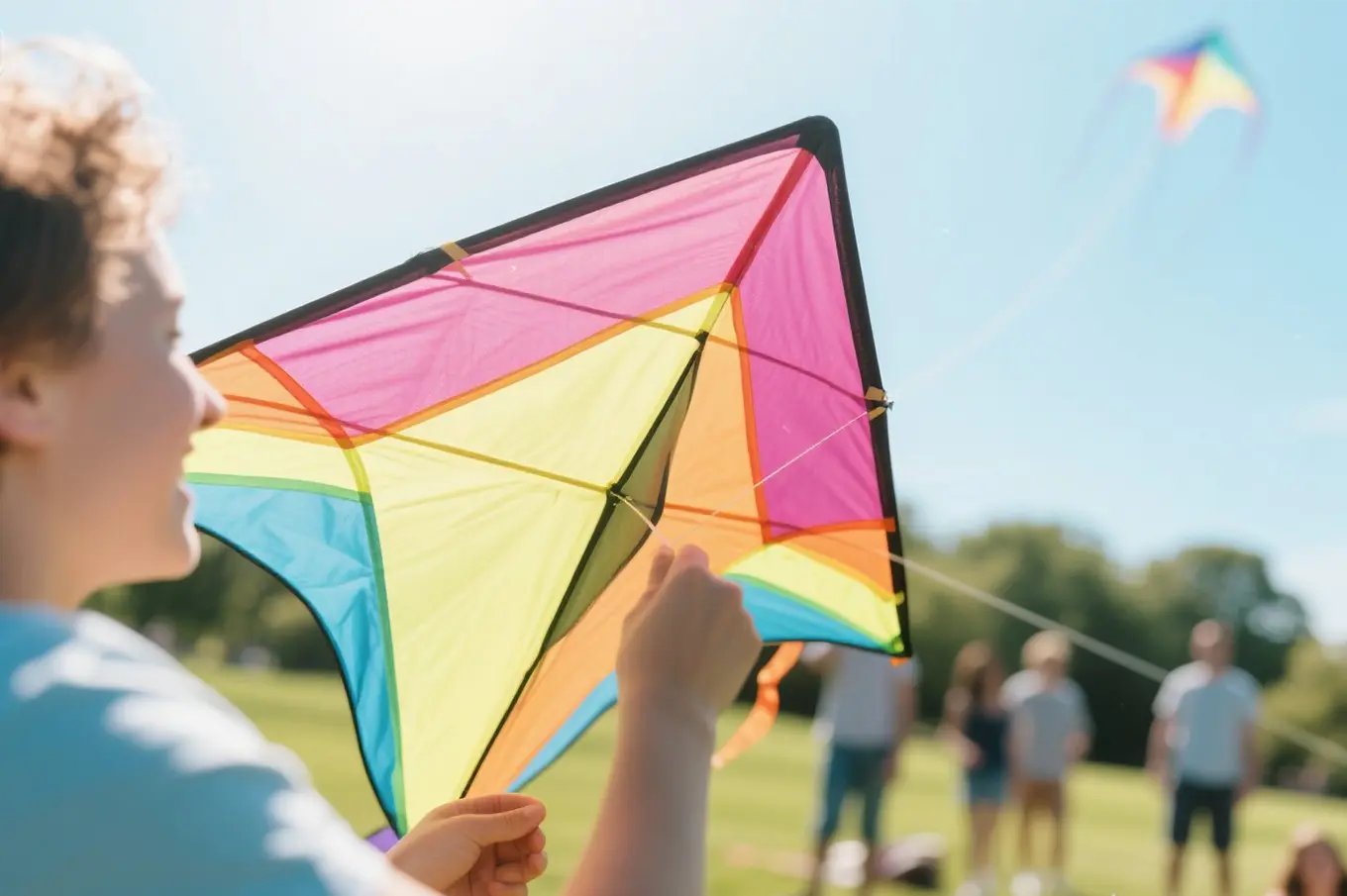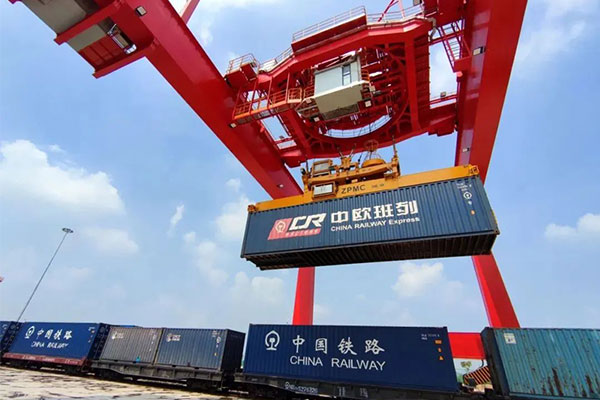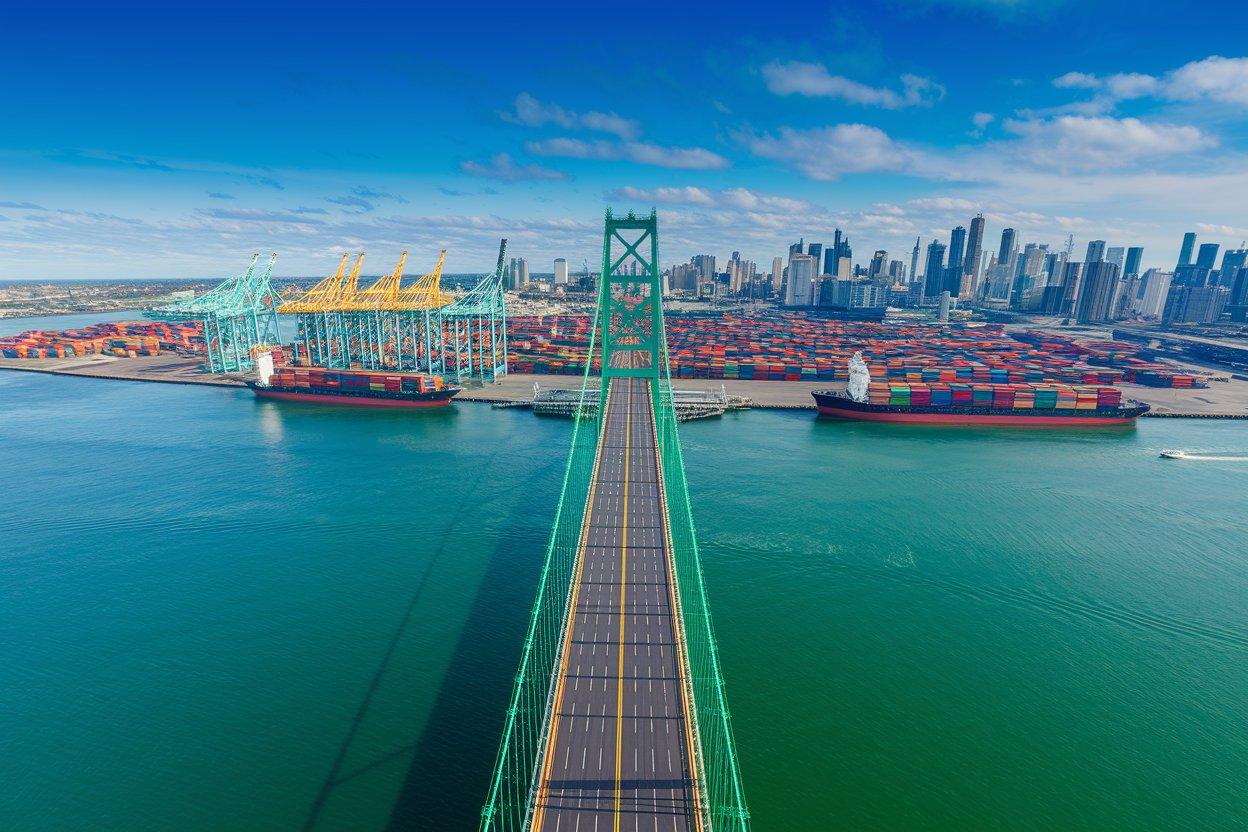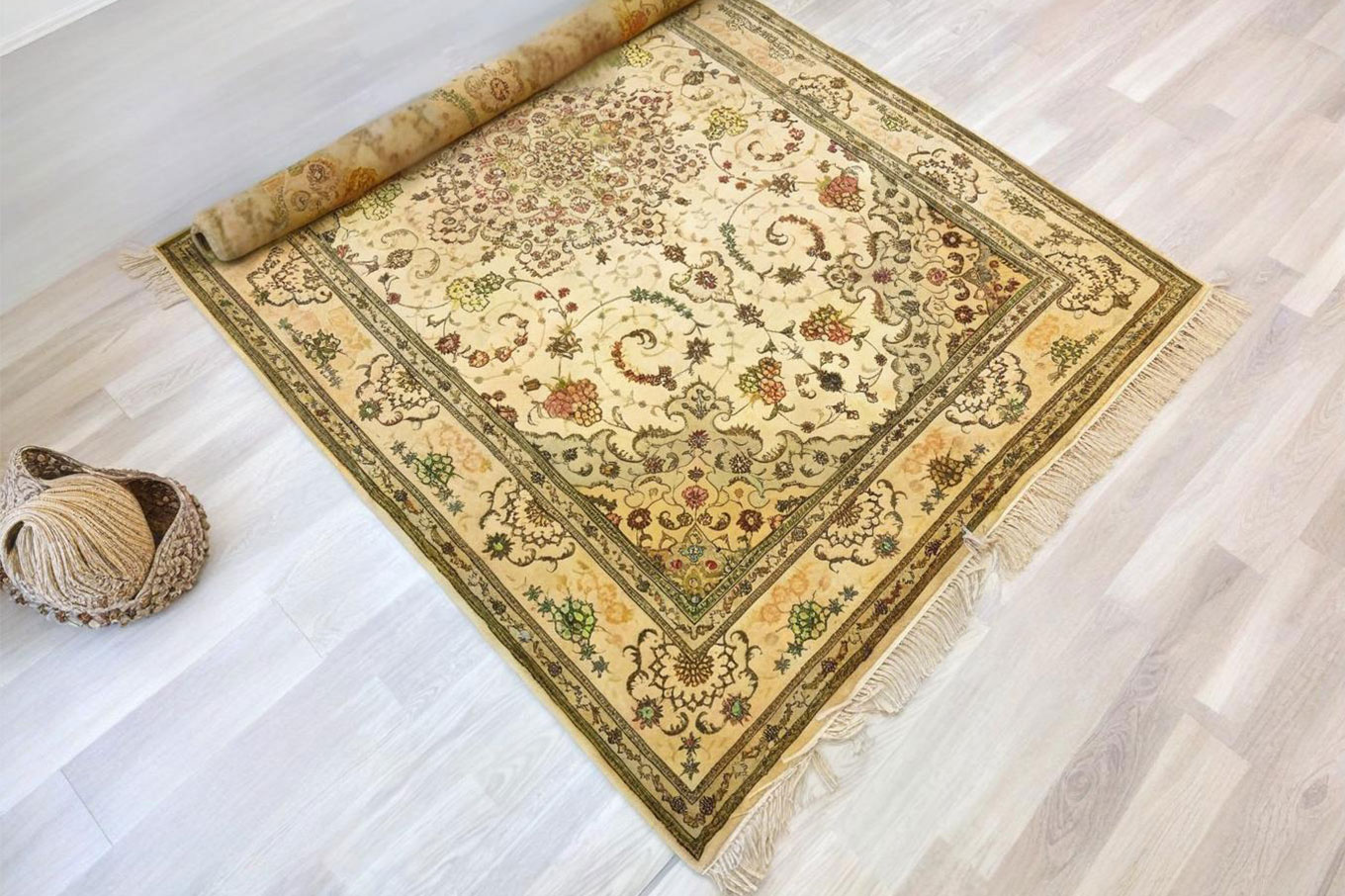- Shanghai Zhongshen International Trade Co., Ltd. - Two decades of trade agency expertise.
- Service Hotline: 139 1787 2118
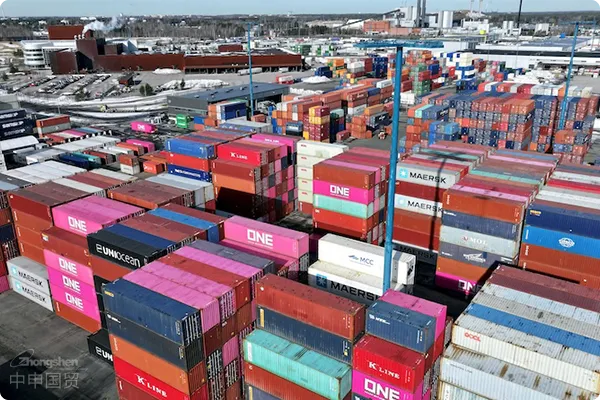
On the grand stage of international trade,Compulsory certificationThe tariff issues related to lamps are the key points that many lamp - exporting enterprises pay close attention to.
I. Overview of the Russian Tariff System
The Russian tariff system is constructed based on various factors such as its domestic economic development needs, trade policies, and the support and protection of different industries. Its tariff rates are usually determined and adjusted by the Federal Customs Service of the Russian Federation according to relevant laws and regulations. For lamp products, the tariff rates vary depending on factors such as the type, function, and material of the lamps.
II. Lamp Classification and Corresponding Tariff Rates
General Lighting Lamps
– For example, traditional incandescent bulb fixtures. These relatively basic lighting fixtures may be subject to relatively low tariff rates in Russia. Generally, the tariff may range from 5% to 10%. This is because such fixtures are technologically mature, and Russia has some domestic production capacity. Lower tariffs help meet basic domestic lighting needs while allowing moderate import competition to promote market diversification.
Energy - Saving Lamps (such as LED Lamps)
– With the global emphasis on energy conservation and environmental protection, LED lighting fixtures are gaining an increasing share in the international market. Russias import tariff policy for LED fixtures also has certain characteristics. On one hand, considering Russias own need to promote energy-saving products, the import tariffs on LED fixtures may be relatively favorable to encourage domestic energy conservation and green lighting development. Typically, the tariff rate may range from 3% to 8%. This helps attract more high-quality LED fixtures into the Russian market, meeting consumer demand for energy-efficient, long-lasting lighting products while enabling domestic industries to learn from advanced foreign technologies.
Special - Purpose Lamps (such as Stage Lighting Lamps, Medical Lighting Lamps, etc.)
– Special-purpose lighting fixtures, due to their high specialization and narrow application scope, are subject to different tariff considerations. Stage lighting fixtures, which primarily serve the cultural and entertainment industry, may have tariffs set based on the development of Russias domestic cultural industry and demand for related equipment. Generally, the tariff rate may range from 8% to 15%. Medical lighting fixtures, given their importance in healthcare, may have relatively moderate tariffs, typically around 6% to 12%, to ensure domestic medical institutions can access reliable and reasonably priced imported medical lighting equipment.
III. Other Factors Affecting Tariffs
Trade Agreement
– If the exporting country has signed a free trade agreement or preferential trade agreement with Russia, tariffs on lighting fixtures exported to Russia may be reduced or subject to special preferential rates. For example, Russia has special trade arrangements with some members of the Eurasian Economic Union, allowing for tariff facilitation and preferential policies for intra-member trade in lighting fixtures. Additionally, bilateral trade agreements between Russia and other countries may also impact tariffs on lighting fixtures.
Rules of Origin
– The origin of lighting fixtures also affects tariffs. If the origin of the fixtures meets specific standards set by Russian customs—such as major components being produced and assembled in a country with preferential arrangements with Russia—the fixtures may qualify for lower tariffs. This requires lighting export enterprises to accurately determine and certify the origin of their products to ensure eligibility for applicable tariff preferences.
IV. Strategies to Deal with Tariffs
Accurate Product Classification
– Lighting export enterprises must correctly classify their products. Since different types of lighting fixtures are subject to different tariff rates, accurate classification ensures enterprises pay the correct tariffs and avoids overpayment or underpayment due to misclassification. This requires enterprises to thoroughly understand Russian customs product classification standards and, if necessary, consult professional customs brokerage agencies.
Utilize Trade Agreements and Preferential Policies
– Enterprises must closely monitor trade agreements between their country and Russia, as well as Russias preferential trade policies. If eligible for preferential policies, they should actively apply for tariff reductions or preferential treatment. This may require submitting relevant supporting documents, such asIt is recommended to verify through the following methods:Optimize the Supply Chain and Cost Structure
- Facing the risk of increased costs brought by tariffs, lighting product export enterprises can optimize the supply chain, such as finding raw material suppliers with lower costs within a reasonable range, or optimizing the production process to reduce production costs. In this way, even after paying tariffs, the products are still competitive in the Russian market.
– To mitigate the risk of increased costs due to tariffs, lighting export enterprises can optimize their supply chains—for example, by sourcing lower-cost raw material suppliers within reasonable limits or streamlining production processes to reduce costs. This ensures their products remain competitive in the Russian market even after tariffs are applied.
On the grand stage of international trade, the tariff issue related to the export of lighting products to Russia is a key point that many lighting product export enterprises pay close attention to. I. Overview of the Russian Tariff System The Russian tariff system is constructed based on factors such as its domestic economic development needs, trade policies, and support and protection for different industries. Its tariff rates are usually determined and adjusted by the Federal Customs Service of Russia according to relevant laws and regulations. For lighting products, the tariff rates vary depending on factors such as the type, function, and material of the lighting products. II. Classification of Lighting Products and Corresponding Tariff Rates 1
Related Recommendations
? 2025. All Rights Reserved. Shanghai ICP No. 2023007705-2  PSB Record: Shanghai No.31011502009912
PSB Record: Shanghai No.31011502009912
